How to Pick Tires Like a Pro: Getting a Grip on the Rubber Game
It's easy to pick the right tires once you know this
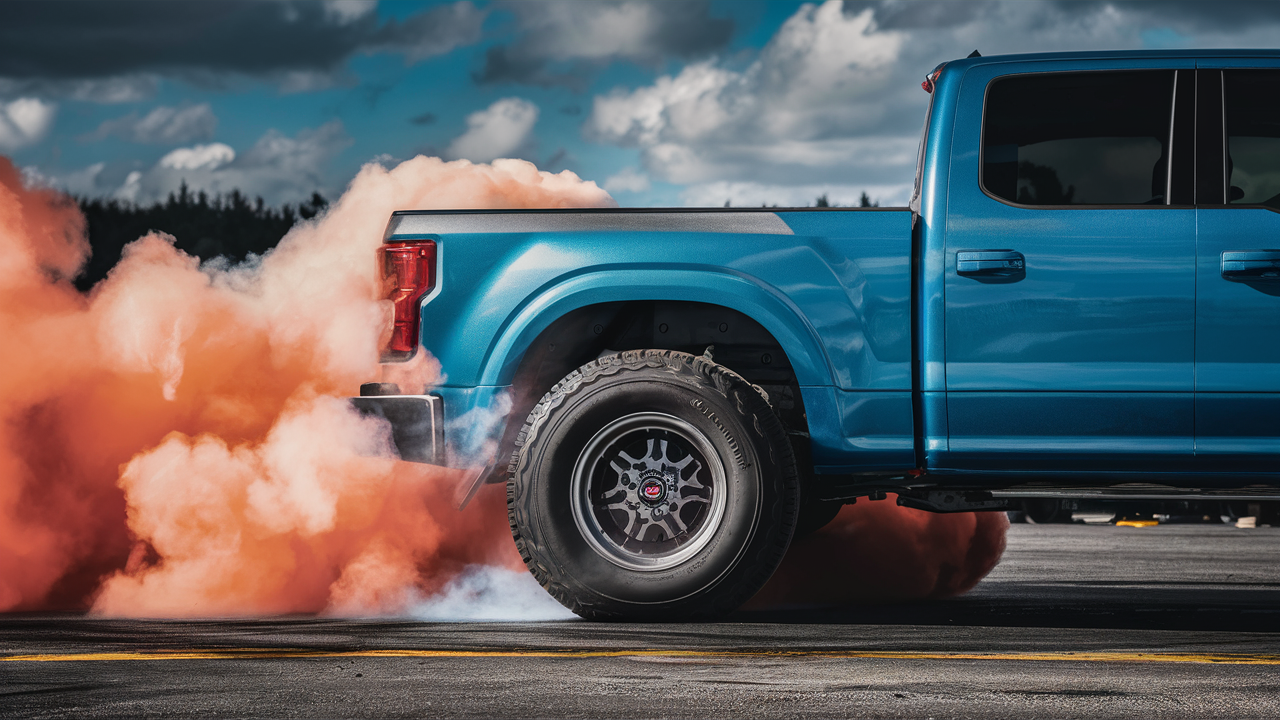
Picking the perfect truck tires is like finding sneakers for a marathon – you need something that'll last the distance, keep you speedy, and not leave your dignity scattered all over the pavement. The car gurus out there get a kick out of this, knowing that the right set of wheels can make or break your road trip, just like how a good playlist elevates a party.
They swear the trick to not sliding around in the rain like a greased pig or having your ride roar louder than your kid’s garage band lies in the nitty-gritty.
Tread patterns, toughness, and choosing a tire that loves your regular roads as much as you do, are their recipe for a ride as smooth as butter.
Whether you’re zooming on freeways or plowing through sludge, there’s a perfect tire out there – finding it is half the fun.
Truck Tire Essentials
Before choosing truck tires, one must know the lingo and lay of the land—or in this case, the rubber. It's a tire jungle out there, but here's how not to spin one's wheels in confusion.
Understanding Tire Sizes
Truck tires come with an alphabet soup of numbers and letters, but it's not hieroglyphics, folks.
Think of tire sizes like a secret code on the side of your tires that tells you all about them.
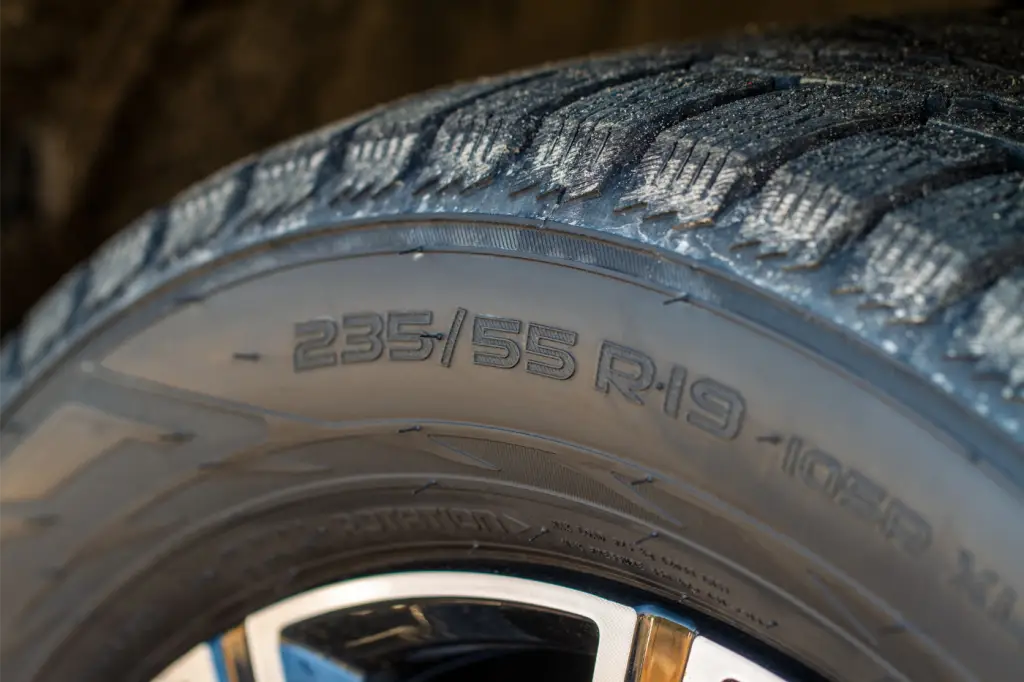
The first letter 'P' or 'LT' stands for Passenger or Light Truck – it's the tire's VIP pass to your type of vehicle.
The first number is the tire's width in millimeters from side to side. Next, you have a slash and then a number that tells you the tire's height as a percentage of its width – so a bigger number means a taller tire.
After that, there's an "R" for radial (most tires are) followed by a number that shows the diameter of the wheel it fits on, in inches. So, if you see something like "225/50R17," it means the tire is 225mm wide, its height is 50% of its width, and it fits on a 17-inch wheel.
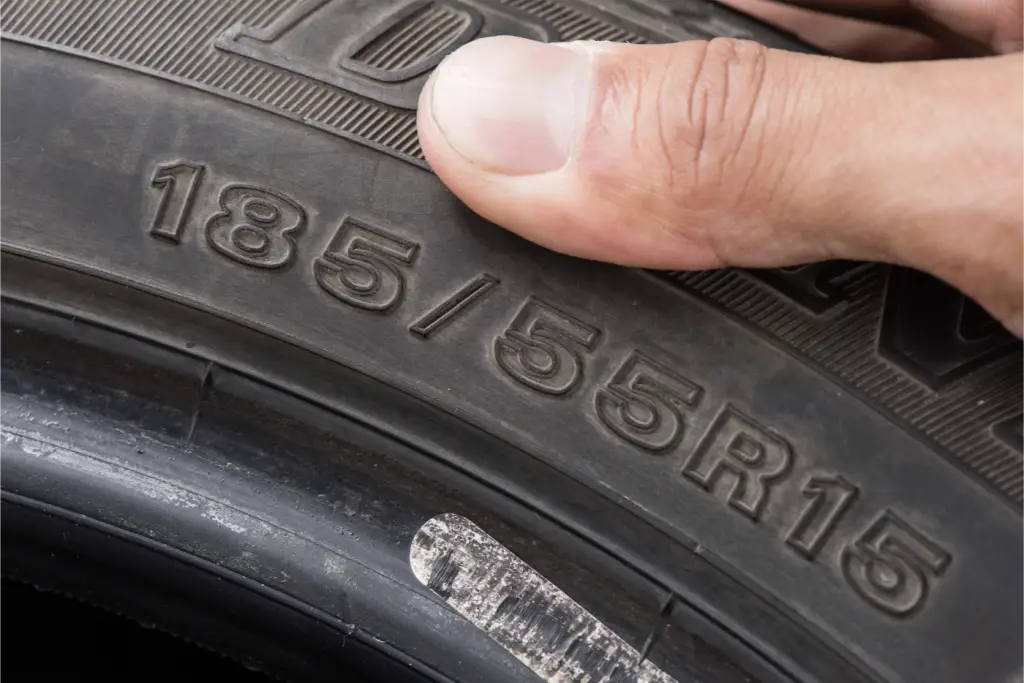
All-Season Vs. All-Terrain
Now, tires are like shoes; some are flip-flops, and some are sturdy hiking boots.
All-season tires are the sneakers of the tire world – good for a lot of activities, providing comfort and year-round tread. They're a Jack-of-all-trades, ready for dry, wet, and light snow.
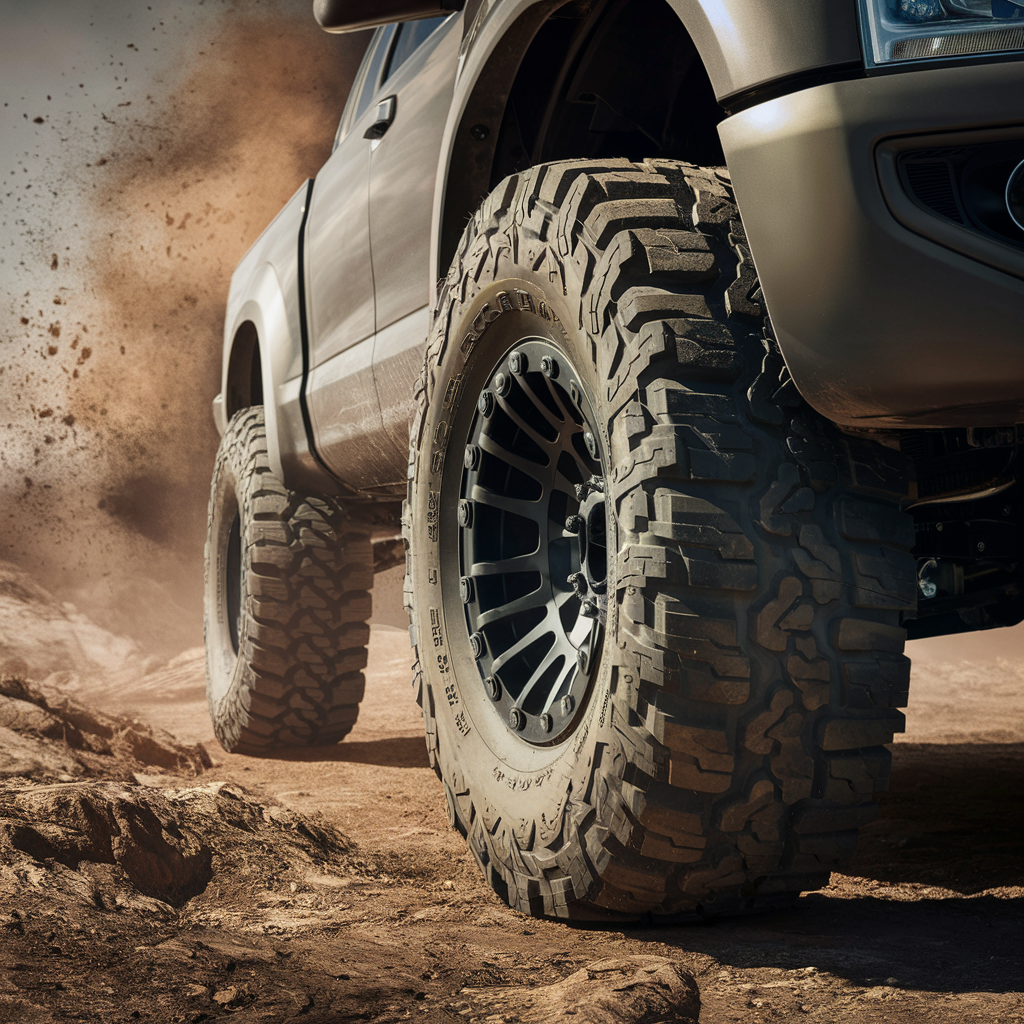
On the muddy side of the road, all-terrain tires come into play. These are the mud-slinging, rock-crawling, off-roading companions that don't flinch at gravel or grit. They might be a bit noisier on the highway, but they'll hum a tune of durability in harsher conditions.
Tread Talk: Patterns and Depths
Patterns on truck tires aren’t just for show – they're the tire's fingerprint and can tell you if it's more Brando or Bieber.
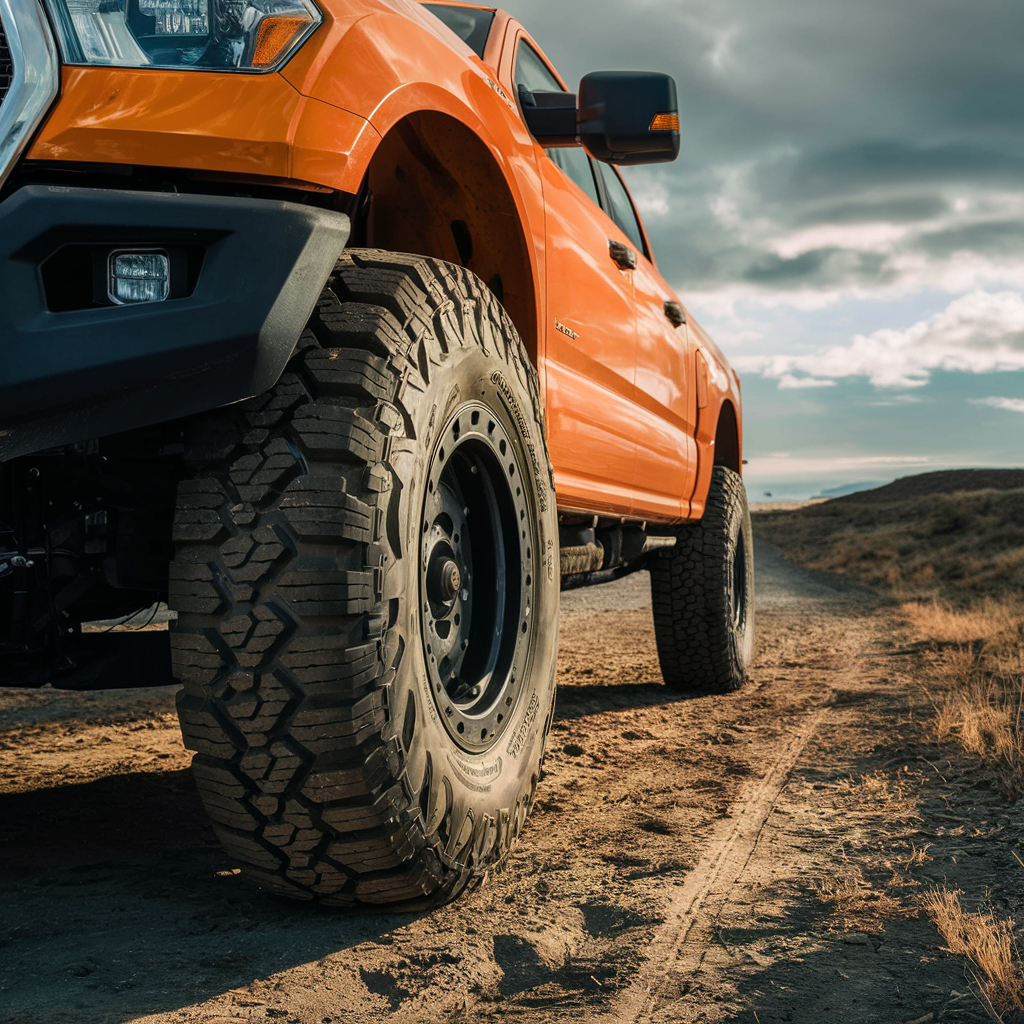
Tread patterns affect grip, water dispersion, and even fuel economy. A symmetrical pattern is the quiet neighbor – balanced and even-tempered on the road. Asymmetrical tread patterns are the rebels, bringing performance and precise handing to the party.
Then there's the tread depth. Think of it as the tread's stamina—deeper means more miles before you bid each other a tearful goodbye. When it’s worn down, it’s time for that tire to retire.
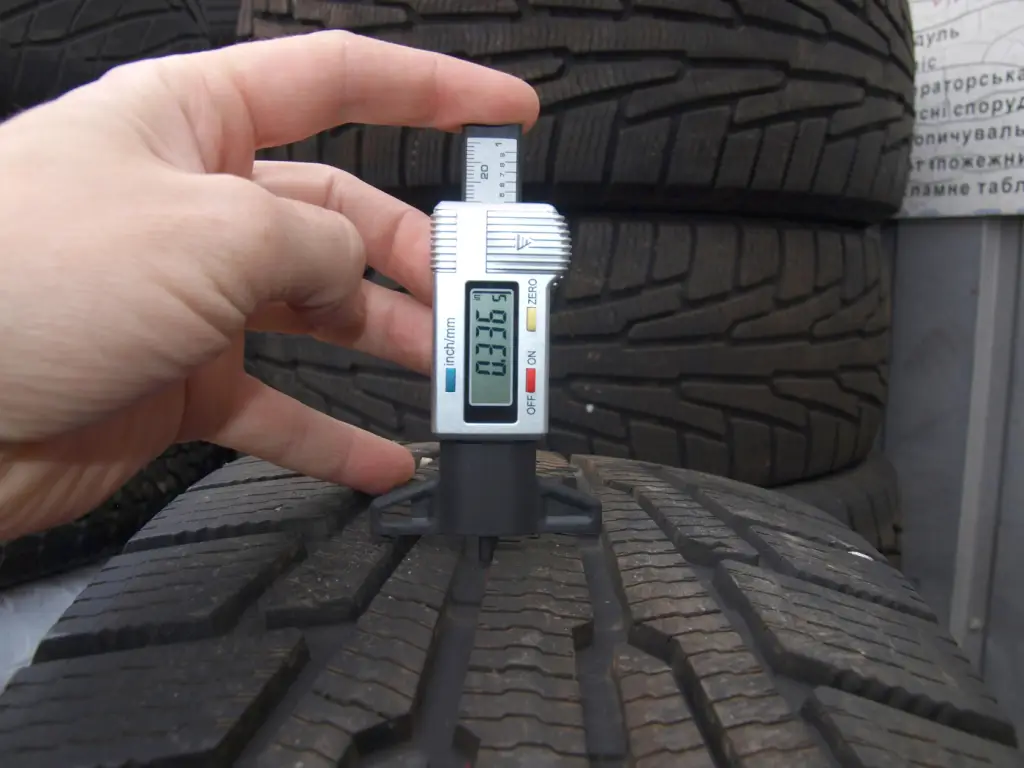
Pro Tips and Tricks
When it comes to truck tires, experts in the field often come rolling in with handy tricks up their sleeves. The secrets to longevity and performance lie not just in choosing the right tire, but in its care and maintenance.
The Air Pressure Equation
Checking air pressure: As crucial as the air we breathe, tires also need the right amount of air to live a full and useful life.
Over or underinflated, they'll throw a fit and wear out before you can say 'pneumatic'. Remember, the perfect pressure keeps your ride smooth and your tires in shape.

Relationship with load: If your truck's carrying heavy loads, she needs a bit more air.
There's a direct link between tire pressure and the weight they're lugging around. Keep them pumped appropriately, and they won't let you down.
Rotation Is Key
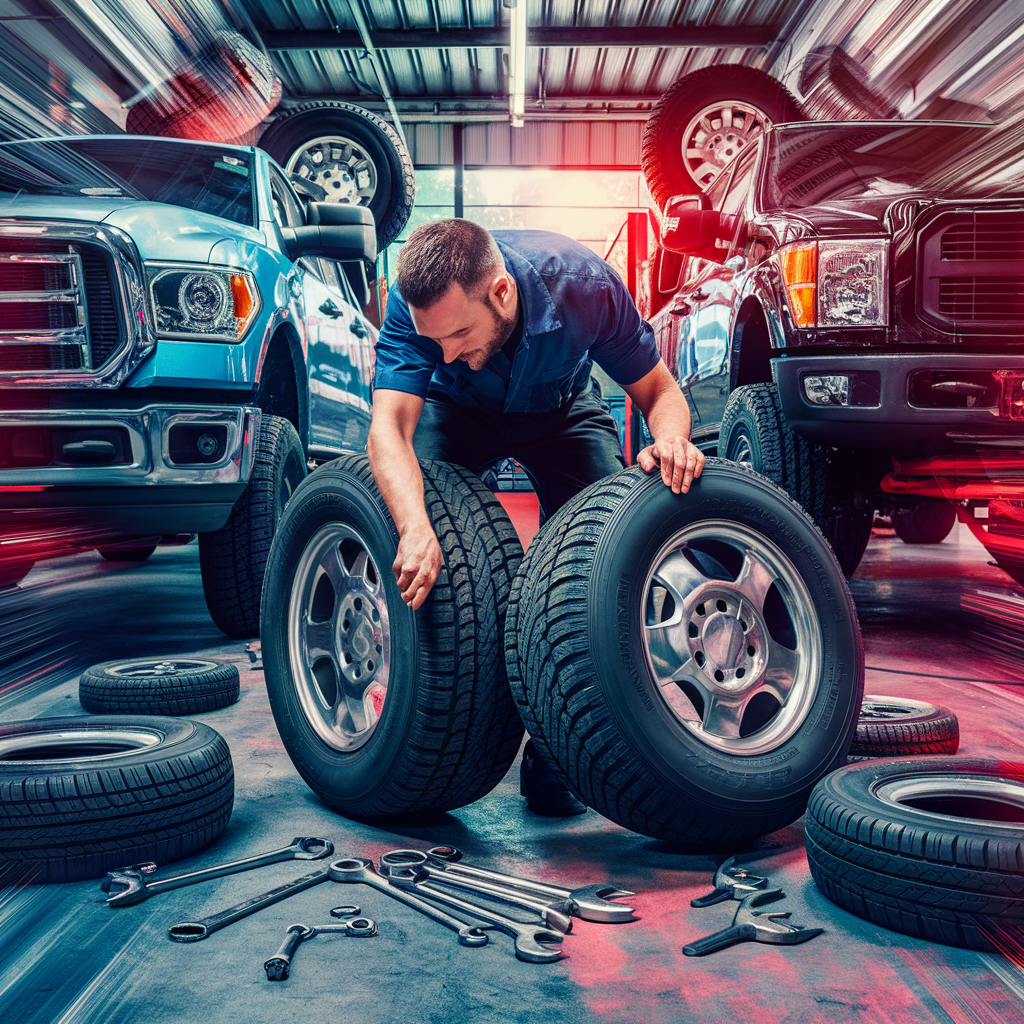
Regular tire rotation: Tire rotation should be on your to-do list every 5,000 to 8,000 miles.
This little dance helps tires wear evenly, improving their lifespan and ensuring the truck doesn't start favoring one leg over the others.
Pattern matters: The way you rotate your tires isn't just eeny, meeny, miny, moe. Follow the correct pattern for your truck's drive (front, rear, all, or four-wheel drive) or simply crisscross them to maintain balance.
When to Replace: Signs of Tire Wear
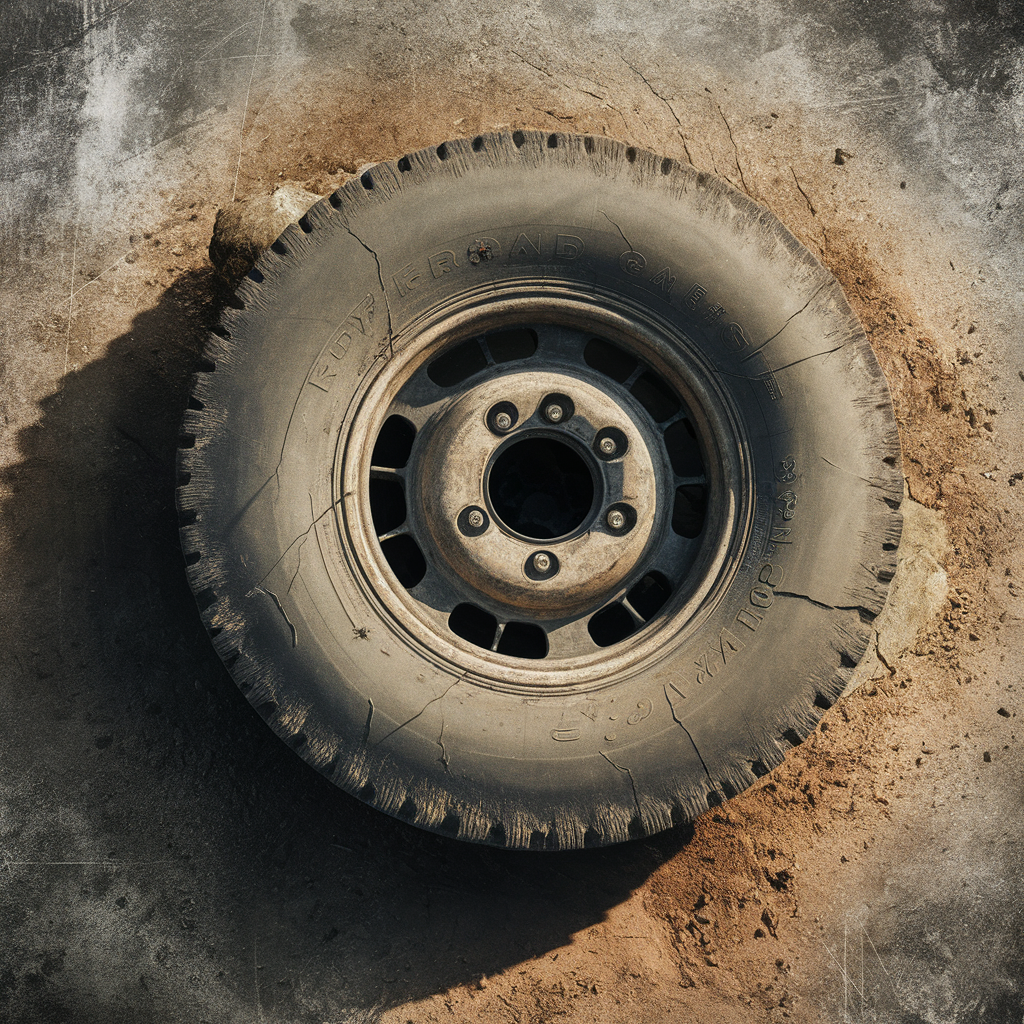
Tread depth: The tread depth tells you when tires are ready to retire. If they've worn down to 2/32 of an inch, it's time to bid them farewell. Don't wait for a threadbare goodbye; replace them to keep safe on the road.
Visual cues: Keep an eye out for cracks, bulges, or blisters on the sidewall. They might look like battle scars, but they're actually SOS signals from your tires. They warn you of potential blowouts or other dramatic performances.